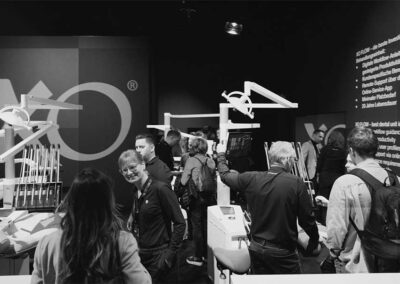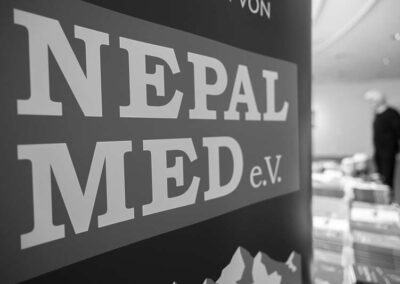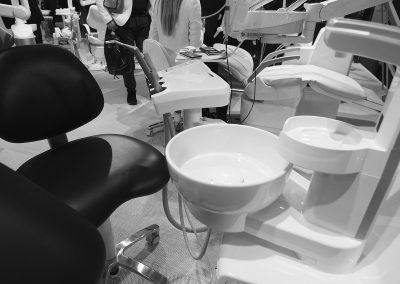Film production health communication
Video production for healthcare
Film production for product PR and healthcare, film production for healthcare, medical technology & healthcare.

Film production health communication, medical technology & healthcare
Film agency for health communication
Video SEO // Search Engine Optimization for Your Film Production
Translation Service // Voice Over // Subtitling Medical Specialist Translation according to ISO 13485
For medical device clients, it is mandatory that patents, film productions, video documentation, expert presentations, user manuals, handbooks, technical documentation, and software are translated according to ISO 13485. It is also beneficial for marketing materials—such as websites, brochures, and films—to use consistent brand language. We provide translations in compliance with ISO 13485. Additionally, we offer translation, subtitling, or voice-over services for existing films. For inquiries, please email medizinische-übersetzung@wiel.org.
Feel free to ask us any questions at
med@wiel.org
Questions and Answers About Films in Health Communication
Discover everything you need to know about the fascinating topic of films in health communication in our comprehensive collection of questions and answers—from effective patient education videos to innovative training films for medical professionals.















































